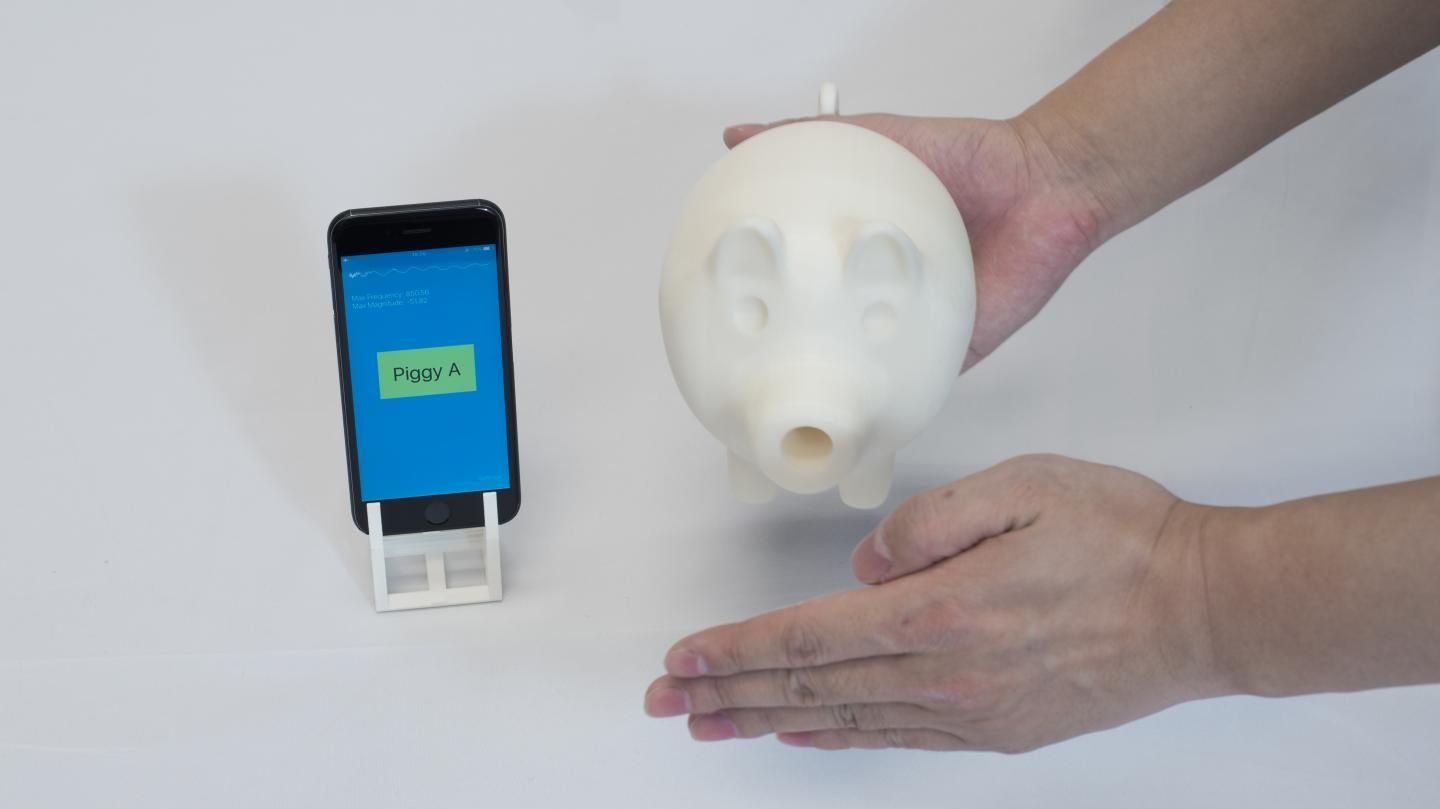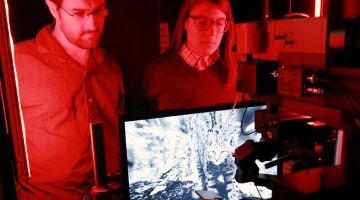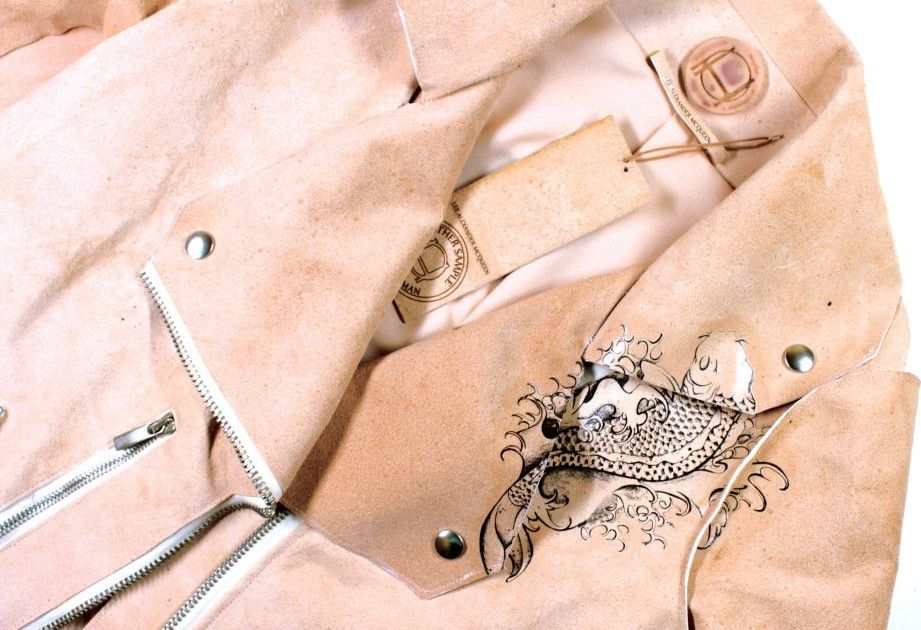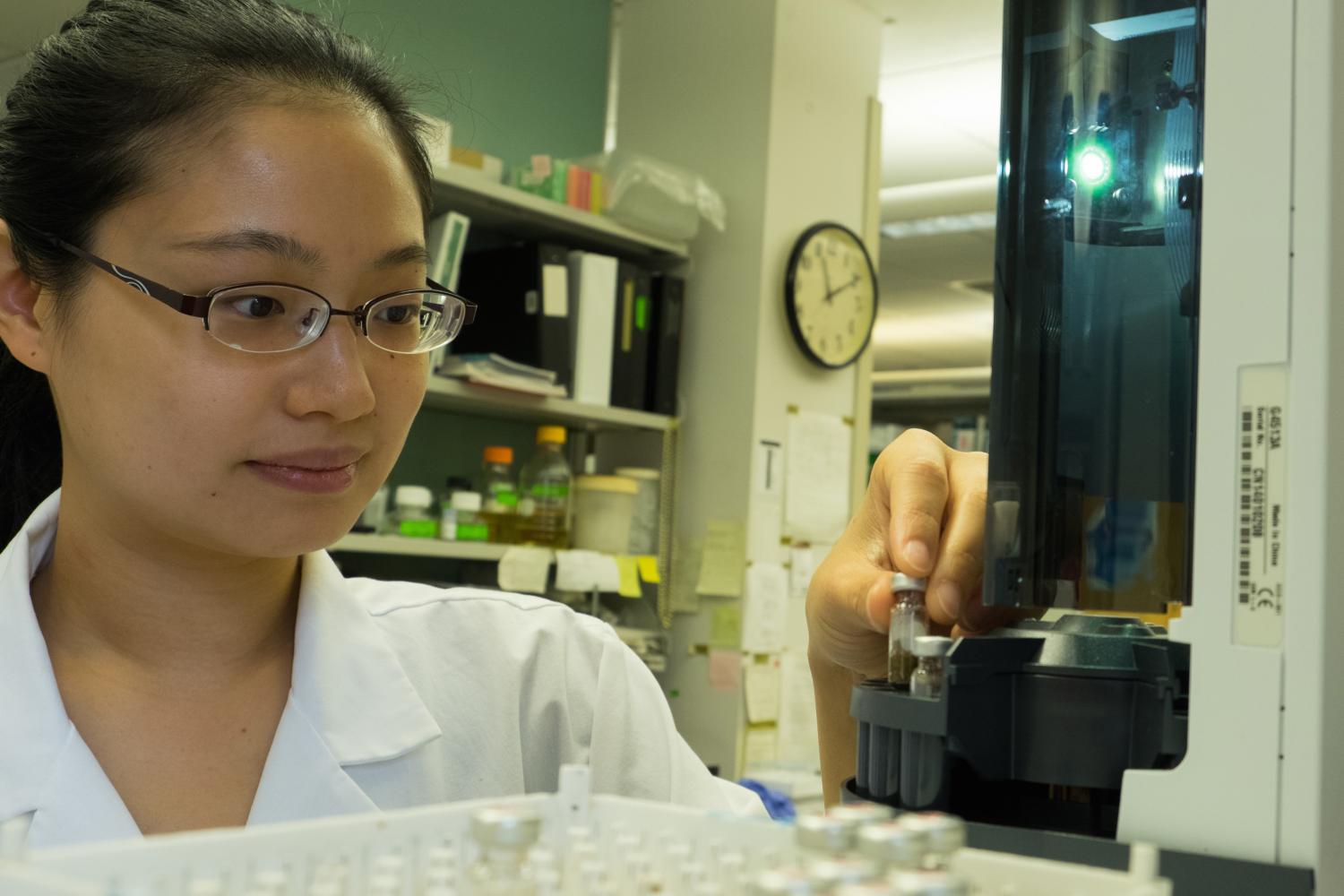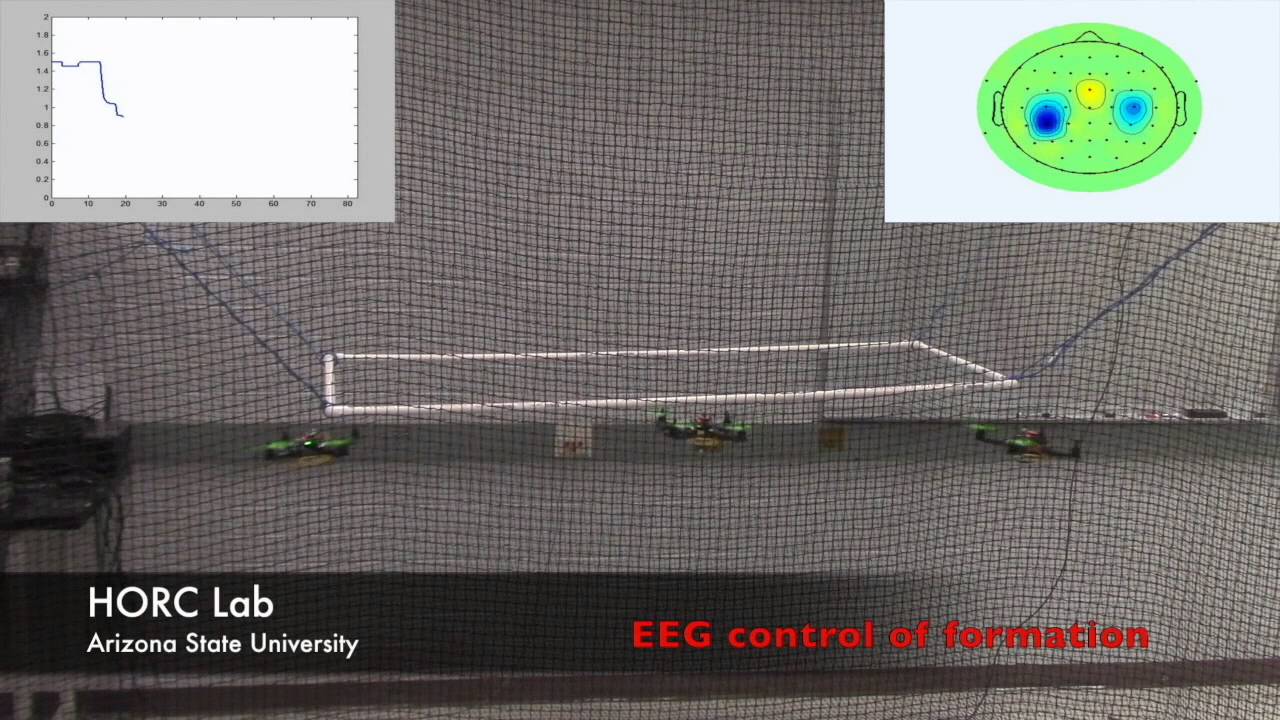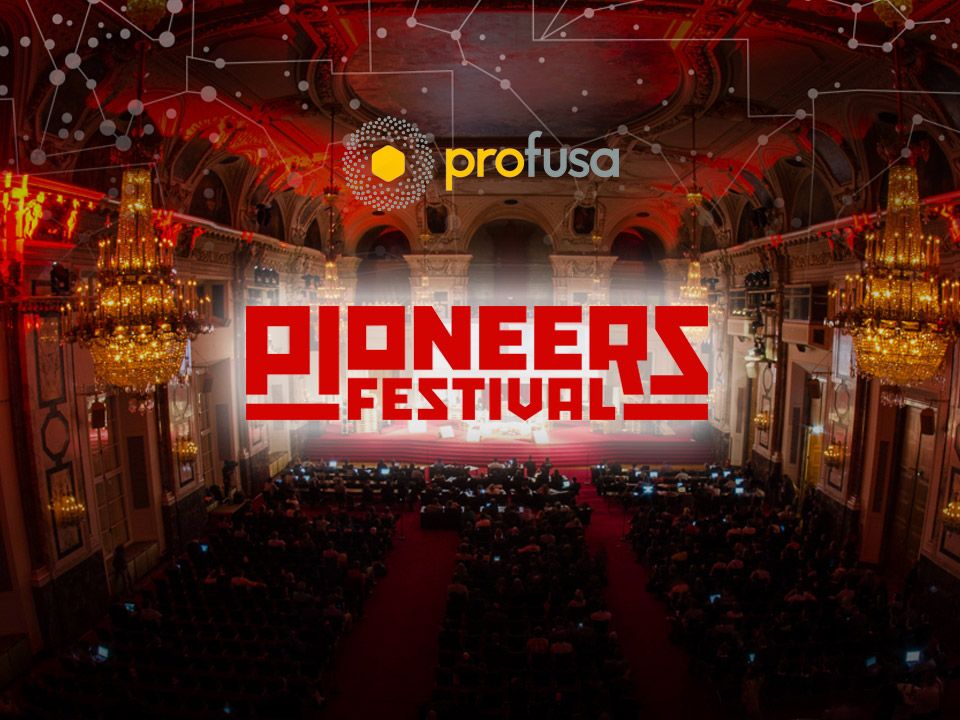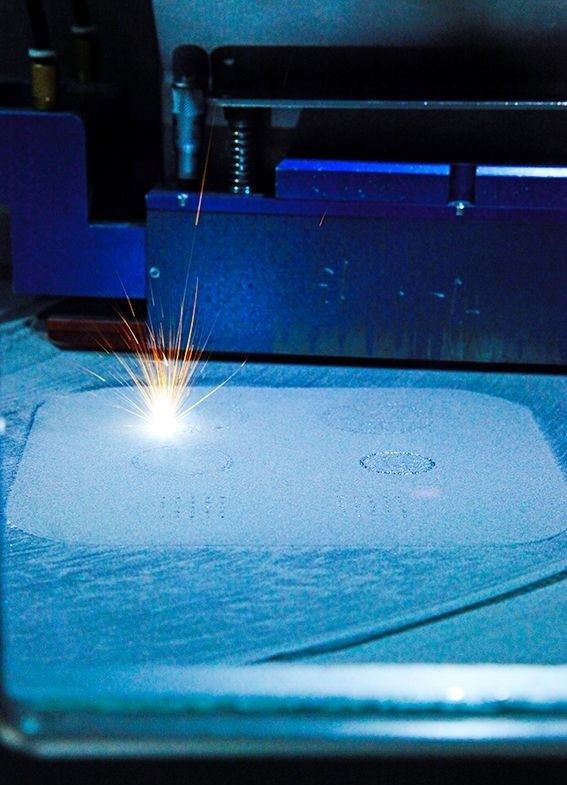Jul 18, 2016
IBM Unveils New Cloud Blockchain Security Service
Posted by Karen Hurst in categories: biotech/medical, bitcoin, security
I like this article because I have for years looked at options to address the counterfeiting issues which is a extremely costly criminal industry around diamonds and artwork. As we have seen with synthetic diamonds in their use in QC and medical technology there is a lot that technology can do in addressing the counterfeiting issues as well as registration & certification space. Also, could registered & embedded serialized stones be another form of id for the consumer who wears their accessory with the stone? I believe it can be.
IBM launches a new high security blockchain service that uses hardware to protect valuable data, with provenance startup Everledger as its first customer.

